

Health Canada – Providing Medical Marijuana to Canadians
When Canada first legalized access to medical marijuana under the Marijuana Medical Access Regulations (MMAR) in 2001, the system was extremely limited. Patients could only obtain cannabis from a single government-contracted producer—Prairie Plant Systems—which grew its plants in an underground mine in Flin Flon, Manitoba. While it was a historic first step, the product offered was low quality, over-processed, and restricted to one strain. Patients quickly realized that the only way to access effective, high-quality medicine was to grow it themselves or find a designated grower who could.
This movement of patients, advocates, and compassionate doctors helped shape Canada’s medical cannabis culture. People learned to grow their own medicine safely and legally, sharing knowledge about cultivation, strains, and symptom management long before cannabis became mainstream. Over time, Health Canada transitioned through several regulatory frameworks—from the MMAR to the Marihuana for Medical Purposes Regulations (MMPR), and then to the Access to Cannabis for Medical Purposes Regulations (ACMPR).
Each new version aimed to professionalize production but also attempted to phase out personal growing, pushing patients toward large corporate Licensed Producers (LPs). The patient community resisted fiercely, fighting in court to keep the right to grow for personal medical use—and they won. Those victories protected the foundation of Canada’s compassionate cannabis system and ensured that patients maintained control over their own medicine.
In 2018, when Canada legalized recreational cannabis under the Cannabis Act, Health Canada redesigned the licensing structure again. Instead of one LP managing every activity, the framework introduced micro-cultivation, micro-processing, and nursery licences, giving smaller businesses, researchers, and craft growers a legal path to participate. It opened the door to innovation, genetics development, and community-based production.
But if we had it our way, medical sales would have come first. Canada could have prioritized medical cannabis dispensaries—regulated spaces focused on patient care—before introducing recreational stores. Doing so would have allowed Health Canada to gather valuable data, build a stronger foundation for patient safety, and ensure that people with chronic conditions, veterans, and caregivers were properly supported before the retail boom. The shift to an open industry was necessary, but medical patients should have been at the centre of that evolution.
Today, patients can either register with a Licensed Producer or apply for a Personal Grow Licence under the ACMPR to grow their own cannabis. This system continues to empower Canadians to cultivate their own plants and control their treatment.
Across the country, medical cannabis clinics in Toronto and beyond work with authorized physicians and cannabis patient educators who guide patients through the process—from authorization to cultivation support.
At GrowLegally, we’ve proudly stood beside Canadian patients since those early days, including veterans living with PTSD. We provide free assistance with medical cannabis authorizations and grow licence applications when registering with a licensed producer.
If you’re ready to explore whether medical cannabis or personal cultivation is right for you, visit GrowLegally today to learn how we can help you access safe, high-quality medicine under Health Canada’s program.
Previous Post
Next Post

Storing Medical Cannabis – Learn how to properly store your cannabis and keep its potency strong.
Go To Post
Before Acquiring Medical Marijuana, Here Are 2 Questions That Your Doctor Is Likely To Ask You (Plus a Bonus One!)
Go To Post

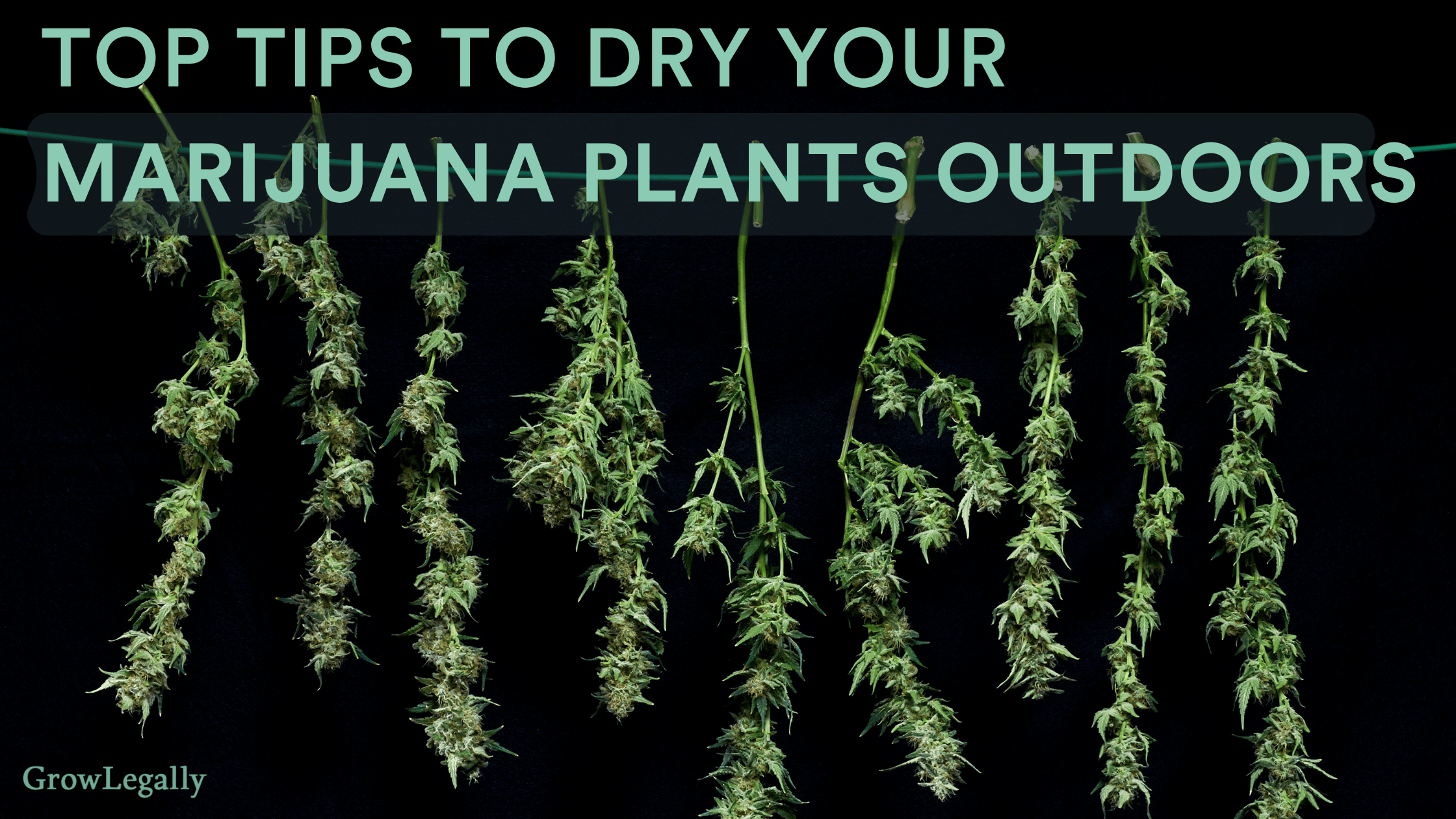

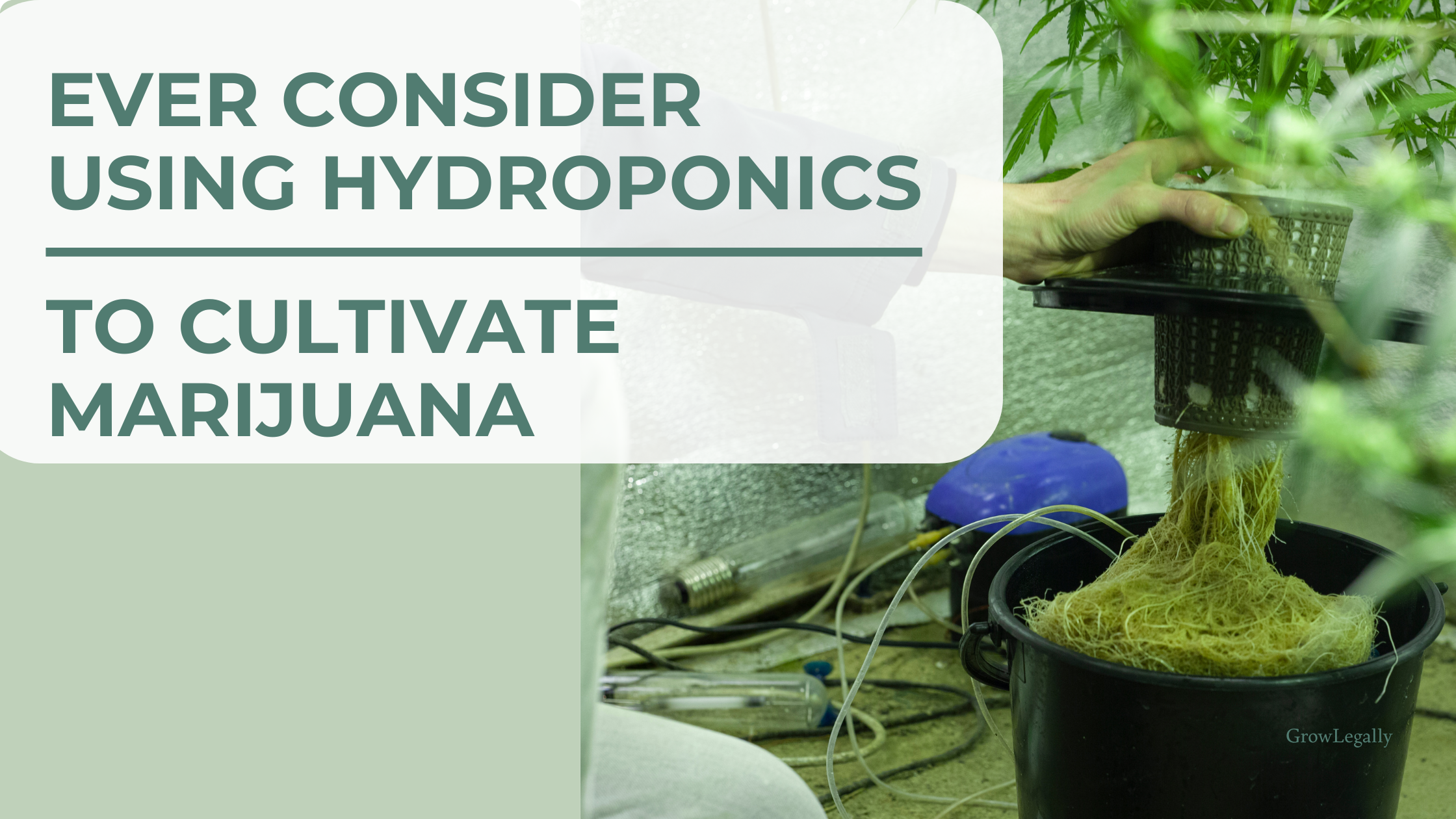

.png)
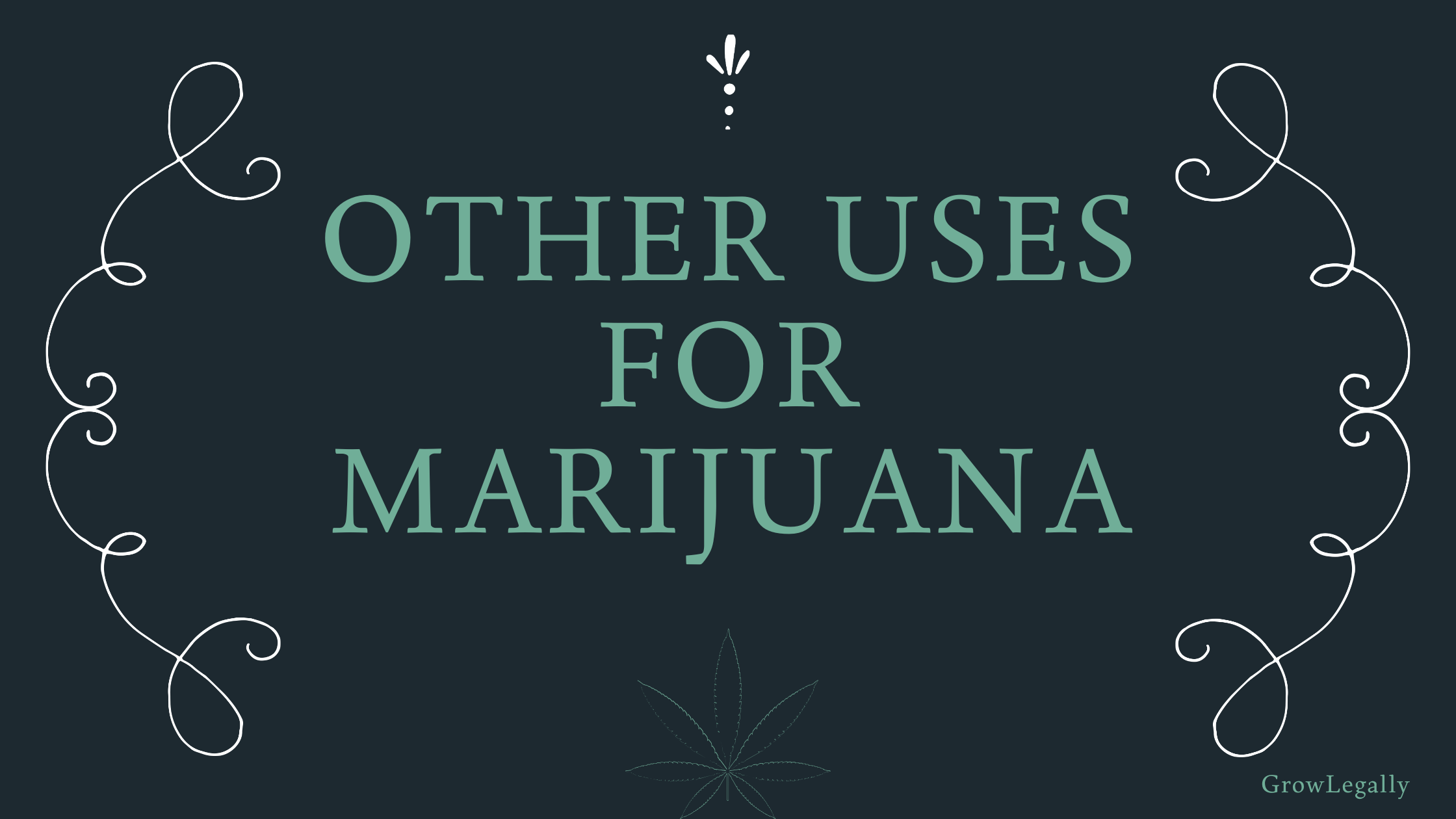


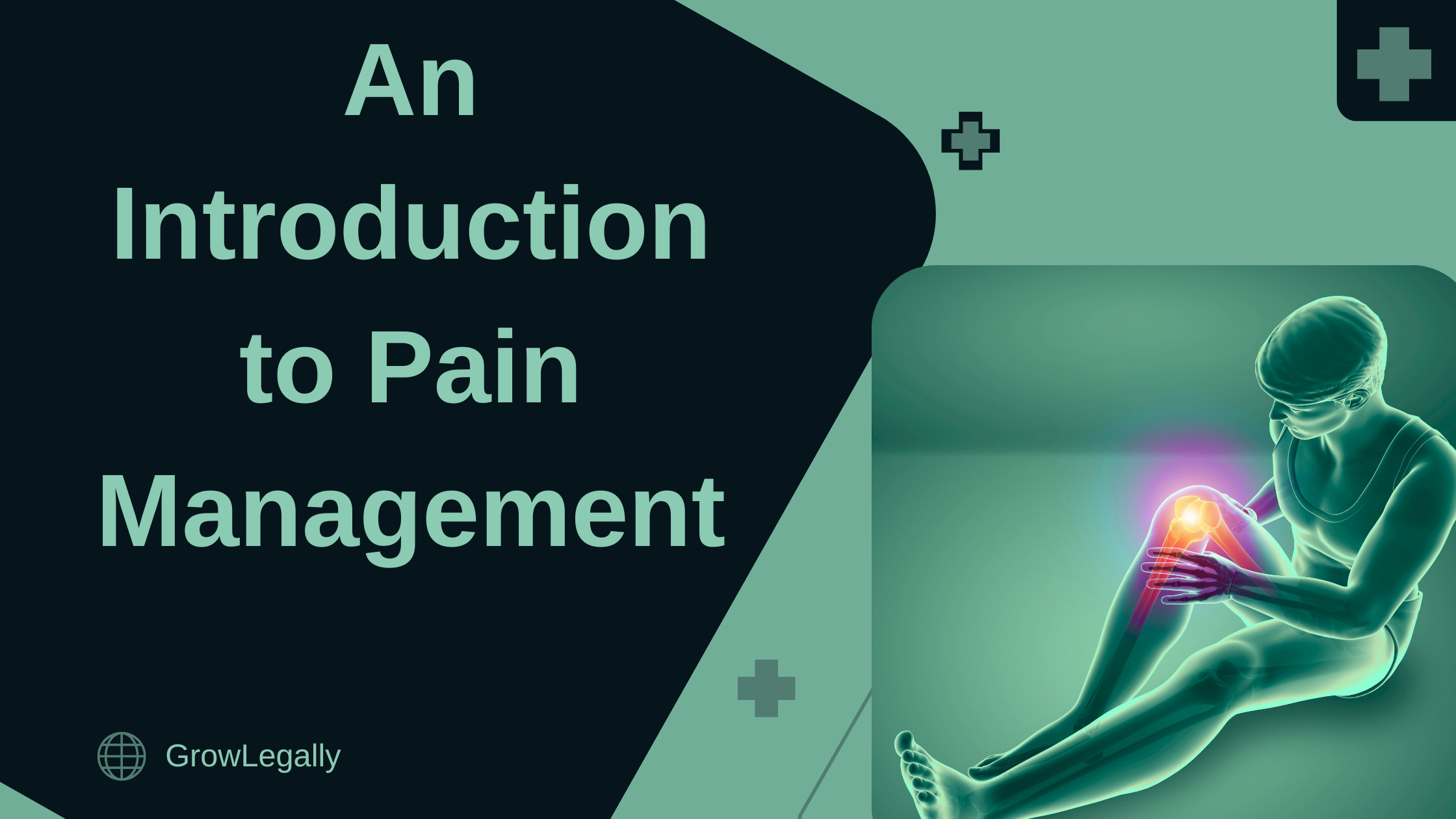

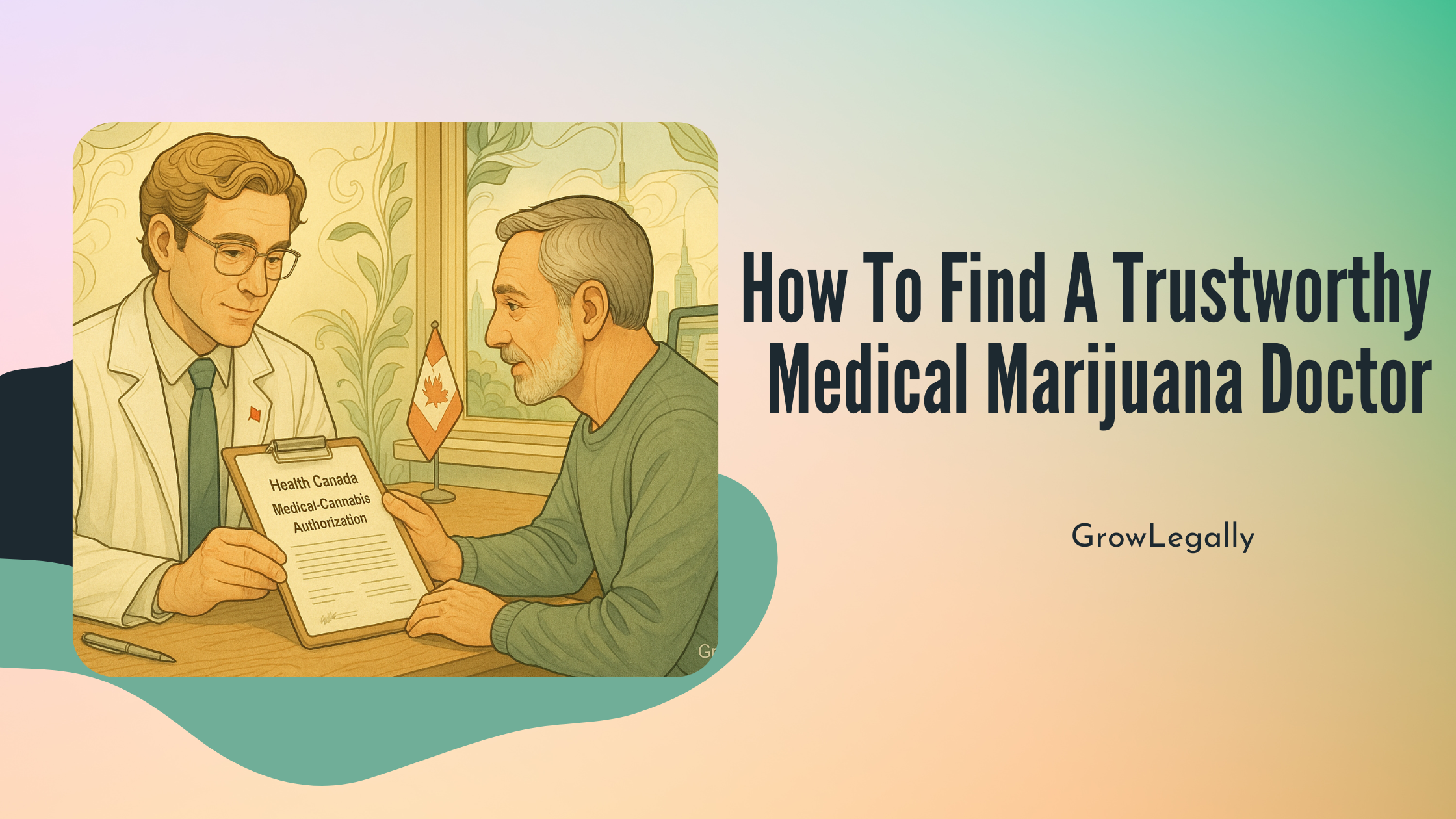

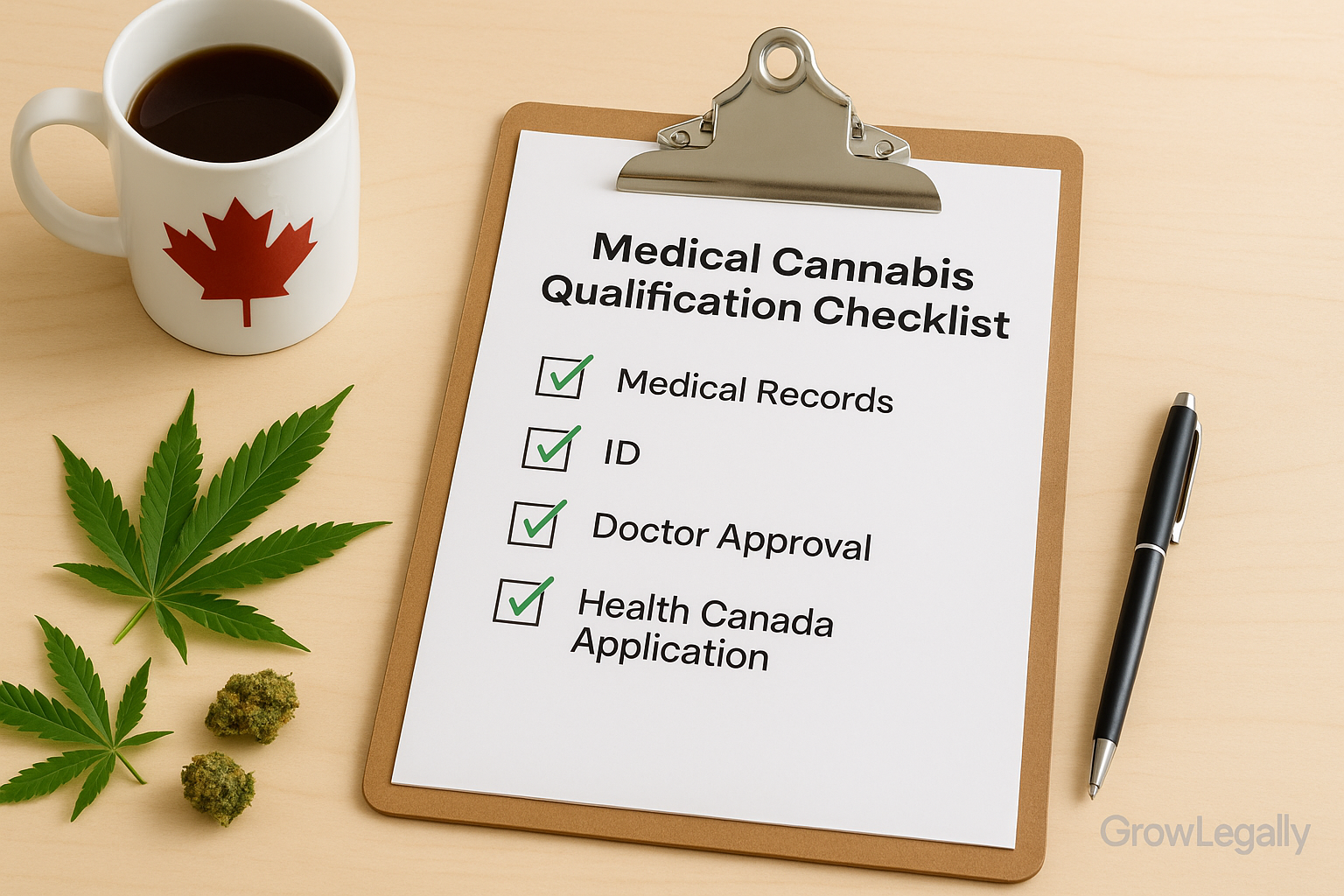
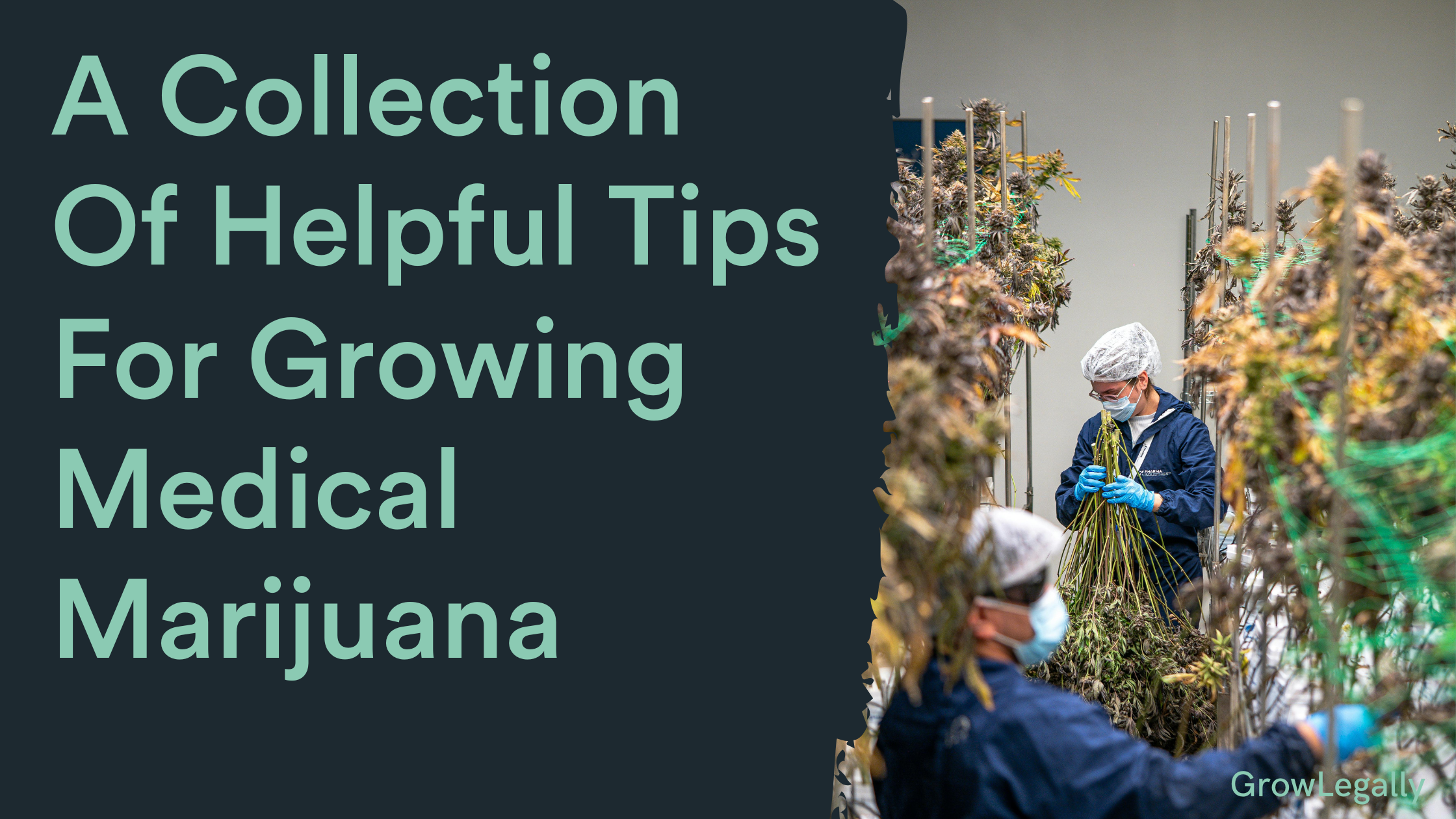
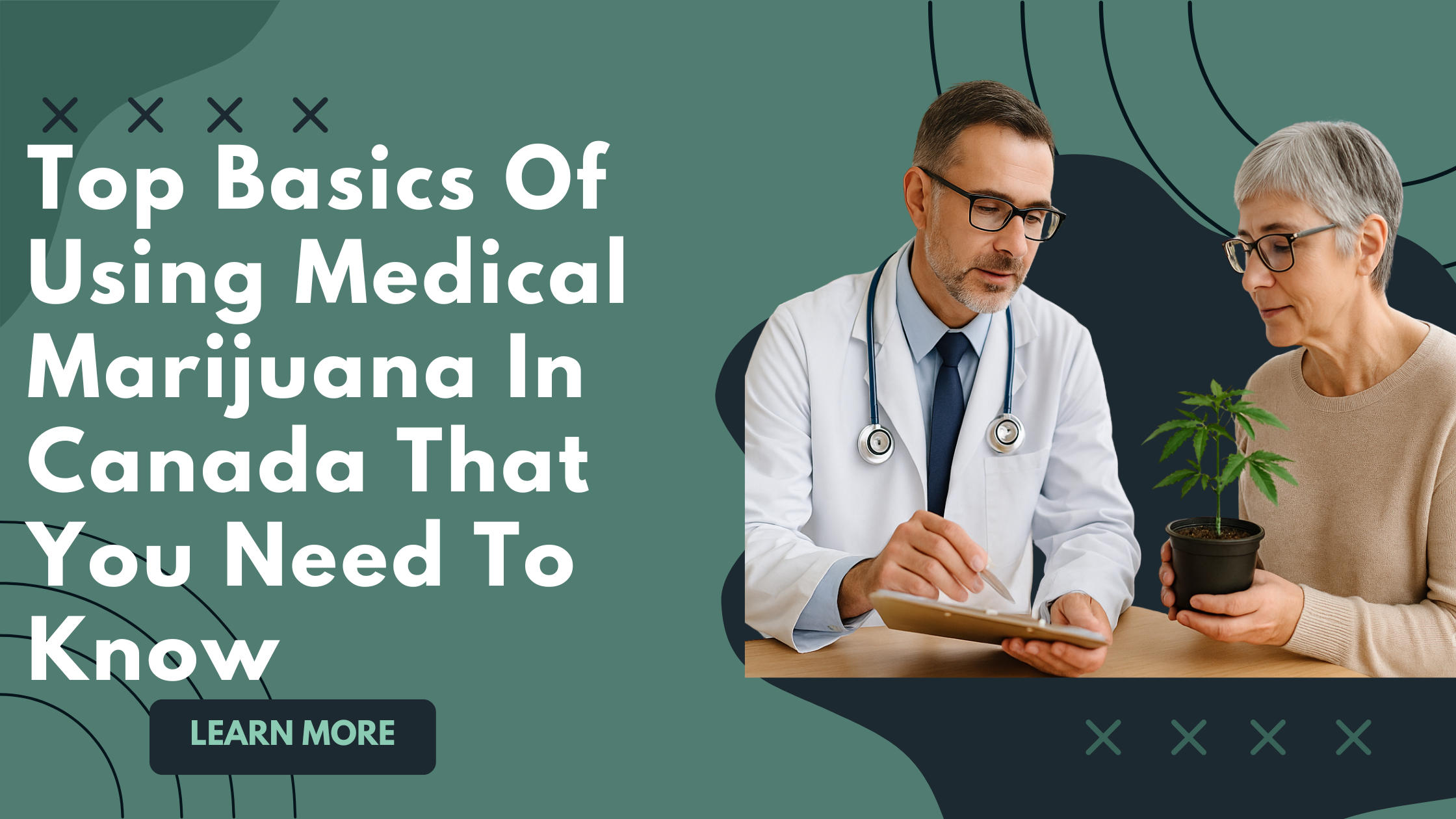
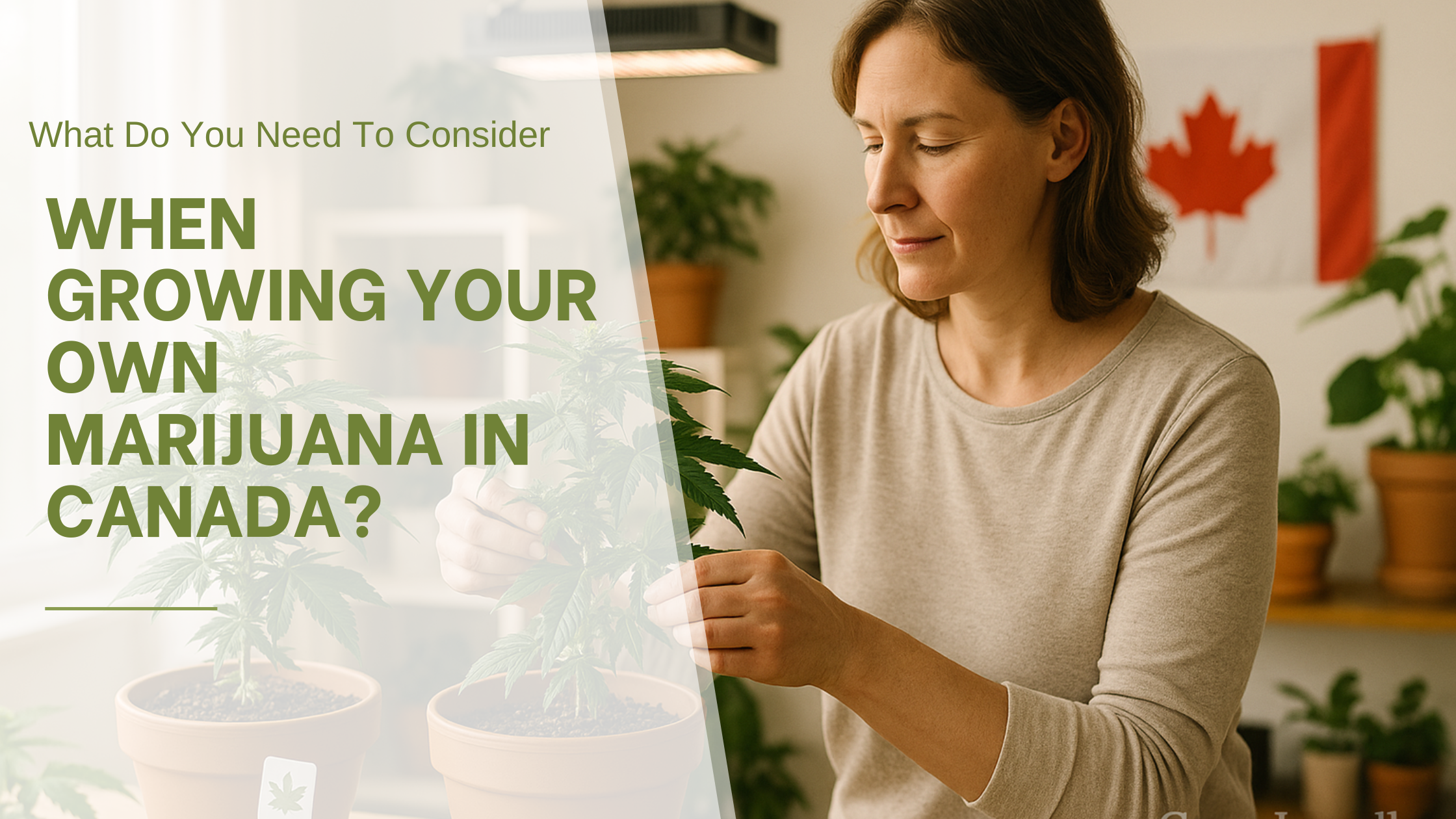


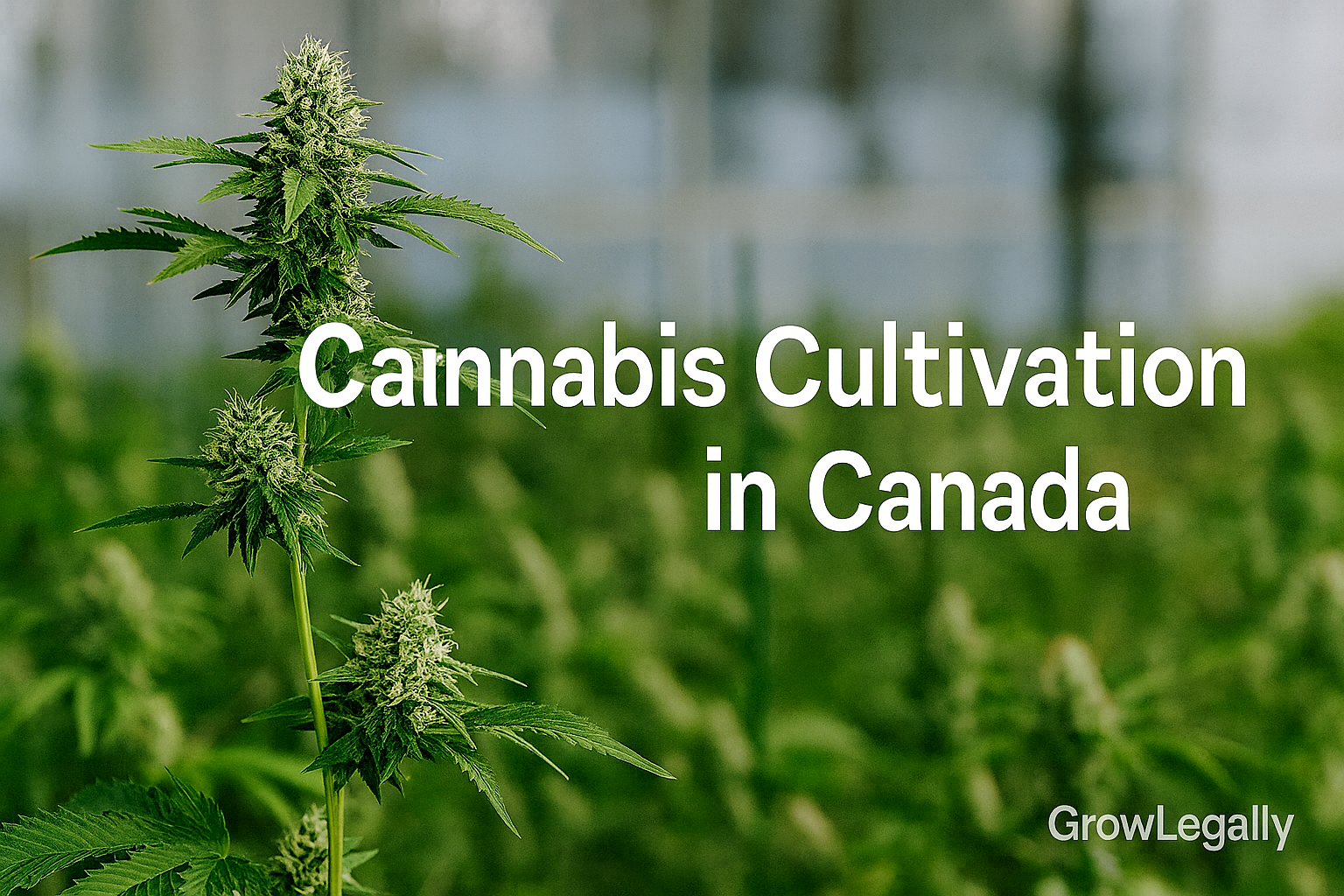
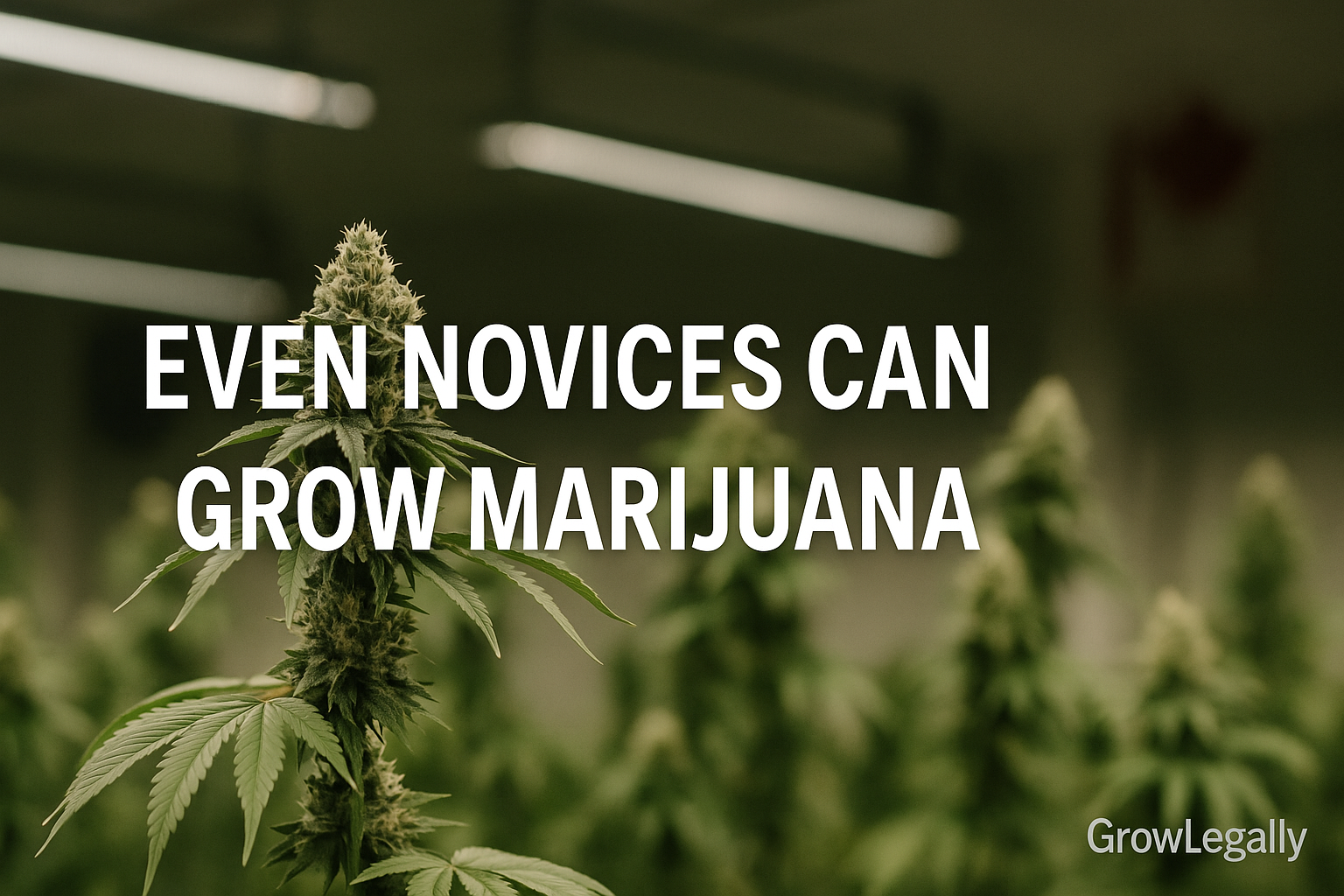




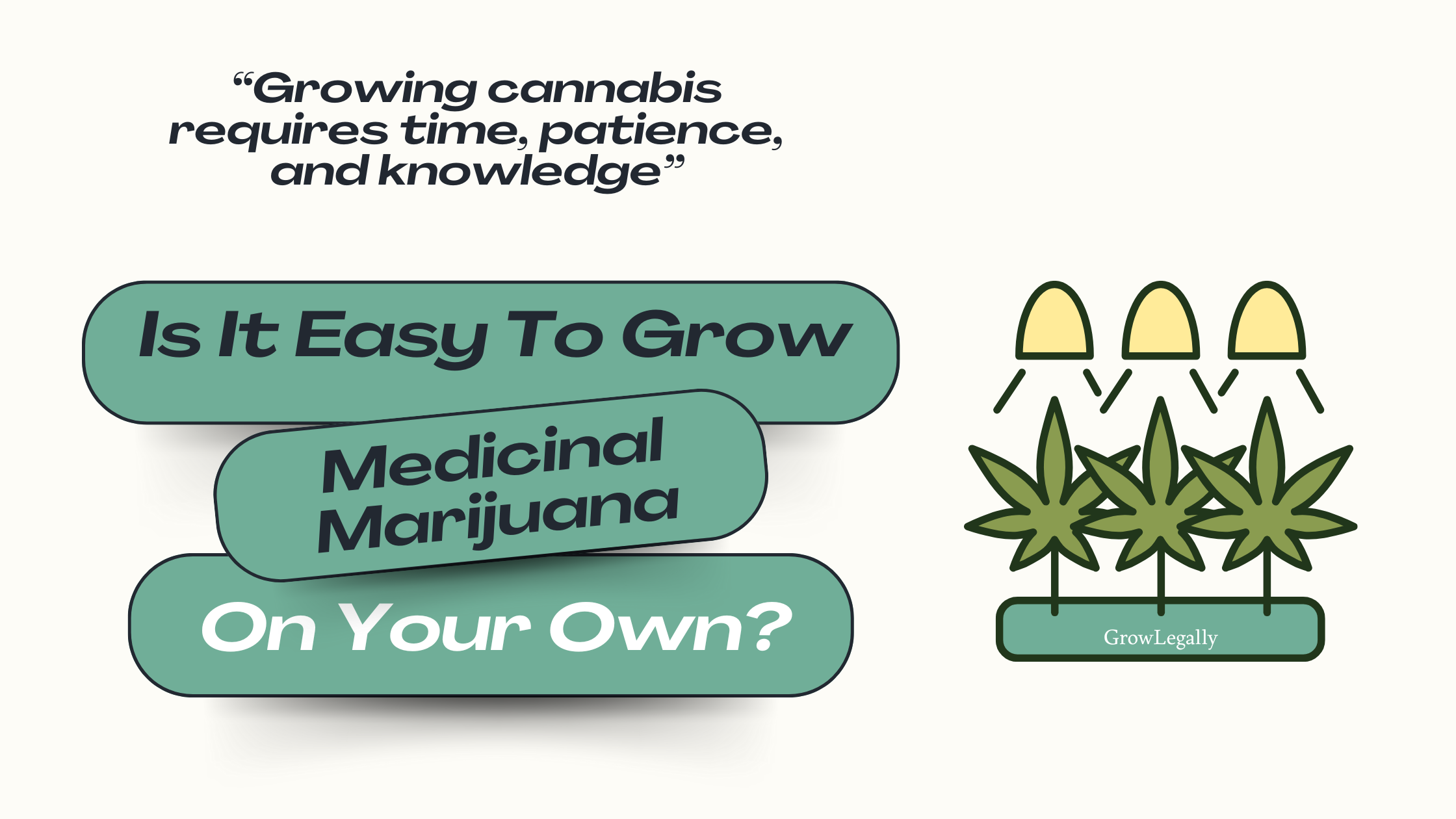
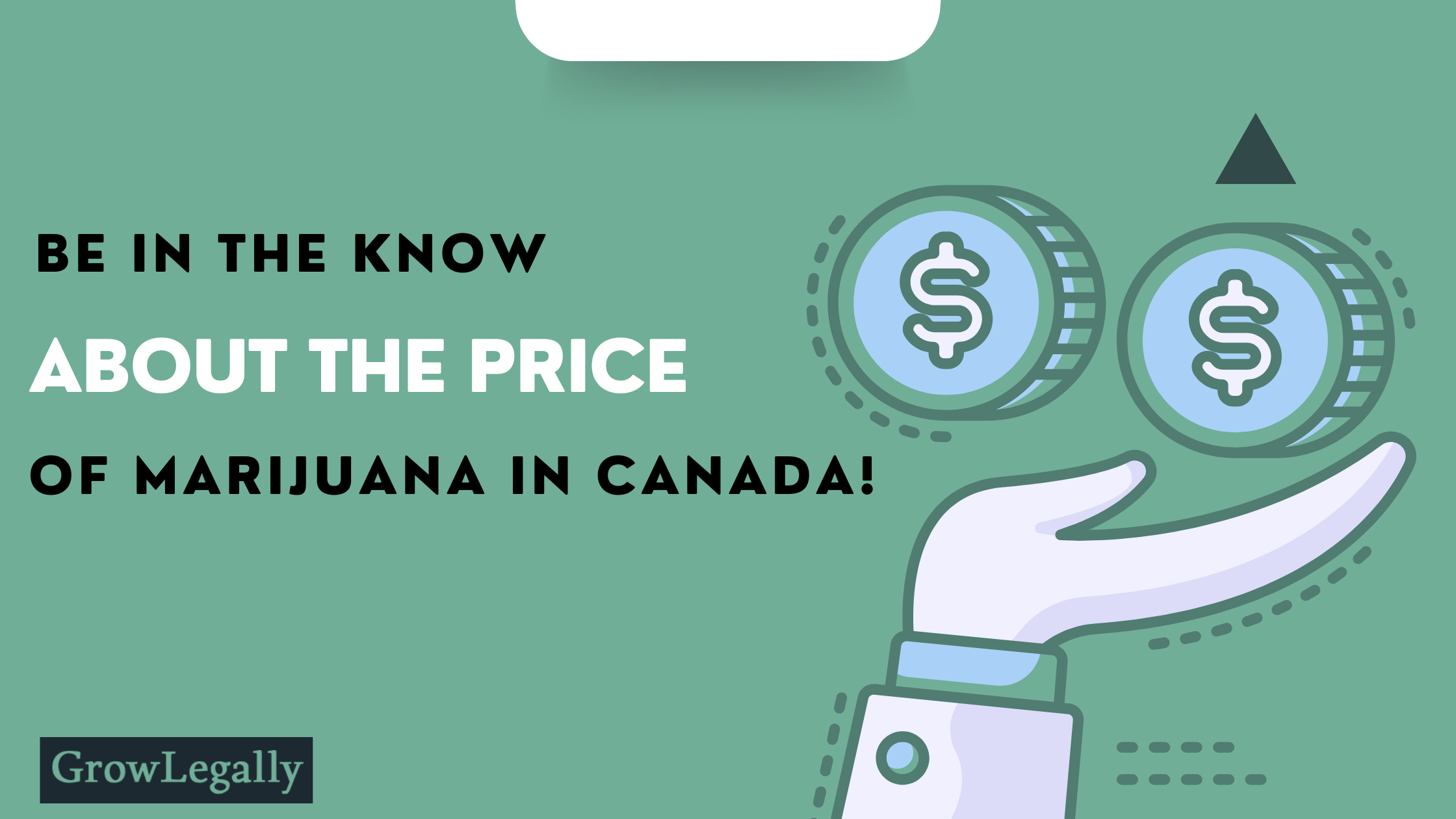





















.png)

















































.png)




























